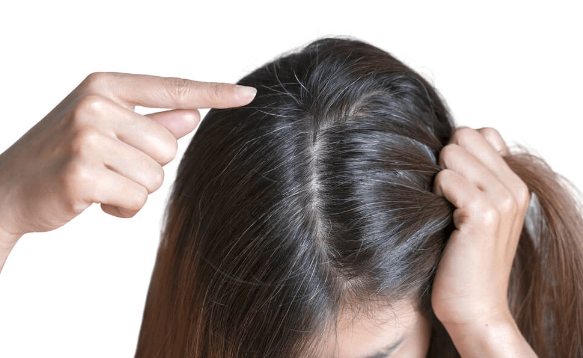
Frequent hair pulling can cause premature graying - Illustration: retouchme.com
The first gray hairs usually appear at any age between 20 and 50. People tend to go gray the fastest when they are in their 50s and 60s. Men usually start to get gray hair at the temples and sideburns, while women start to get gray hair at the roots, usually around the crown.
Each hair grows from a hair follicle. These follicles contain two types of stem cells: keratinocytes, which produce the protein keratin used to build and repair hair, and melanocytes, which produce melanin, the pigment that gives human hair and skin its color.
As we age, our cells become less active. This means that the stem cells in the hair follicles produce less melanin, causing grey hair, and less keratin, causing hair to thin and fall out.
Hair without pigment (melanin) will appear gray, white, or silver (generally called silver hair) depending on how light reflects off the keratin (which is yellowish in color). Silver hair is often thicker, coarser, and stiffer than pigmented hair. This is because the stem cells in the hair follicle change as we age.
Interestingly but sadly, gray hair grows faster than pigmented hair.
Stress can cause hair to turn gray. Oxidative stress—an imbalance between free radicals and antioxidants in the body—damages hair follicles and stem cells, causing them to stop producing melanin.
Oxidative stress can be caused by psychological or emotional stress or autoimmune diseases. Environmental factors such as exposure to UV rays and pollution, smoking, and taking certain medications may also play a role.
Melanocytes are more vulnerable than keratinocytes because of the complexity of the melanin production steps. Therefore, aging and stress often cause hair to turn gray before falling out.
According to Theresa Larkin, associate professor of medical science at the University of Wollongong (Australia), stem cells in hair follicles in young people still produce melanin, so the color can restore its pigmentation after the stressful event has passed.
Frequent hair pulling can cause premature graying if the melanin-producing cells are damaged or exhausted from having to grow back too much hair to compensate for what was pulled out.
In particular, our hair cannot turn white overnight because of stress caused by the melanin in the hair fiber being chemically stable, which means that hair cannot change color immediately.
On the other hand, temporary or semi-permanent hair dyes will not cause premature graying, because they only coat the hair shaft without changing the structure of the hair. However, permanent dyes will cause a chemical reaction with the hair. Their accumulation in the hair follicles can damage melanocytes and keratinocytes, causing graying and hair loss.
Premature graying of hair can be prevented.
Each person's genetics will determine when their hair starts to turn grey. However, we can avoid premature greying by staying healthy, reducing stress, and avoiding smoking, excessive alcohol consumption, and exposure to ultraviolet rays.
A healthy diet rich in vitamin B12, copper, iron, calcium and zinc also has a beneficial effect on melanin production and hair pigmentation.
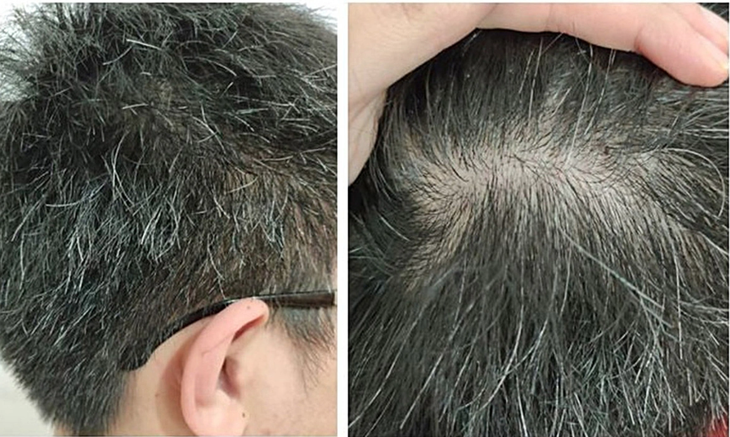 Can acupressure treat gray hair and hair loss?
Can acupressure treat gray hair and hair loss?Source: https://tuoitre.vn/nho-toc-nhuom-toc-lam-toc-bac-som-20241014143625395.htm



![[Photo] Visiting Cu Chi Tunnels - a heroic underground feat](https://vstatic.vietnam.vn/vietnam/resource/IMAGE/2025/4/8/06cb489403514b878768dd7262daba0b)











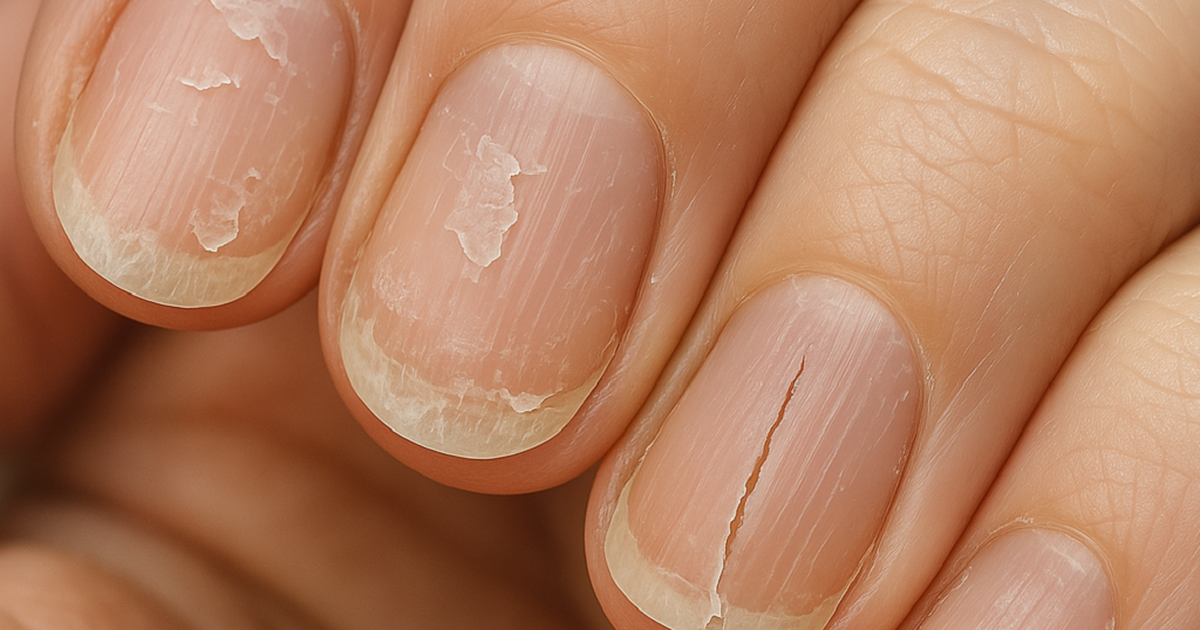




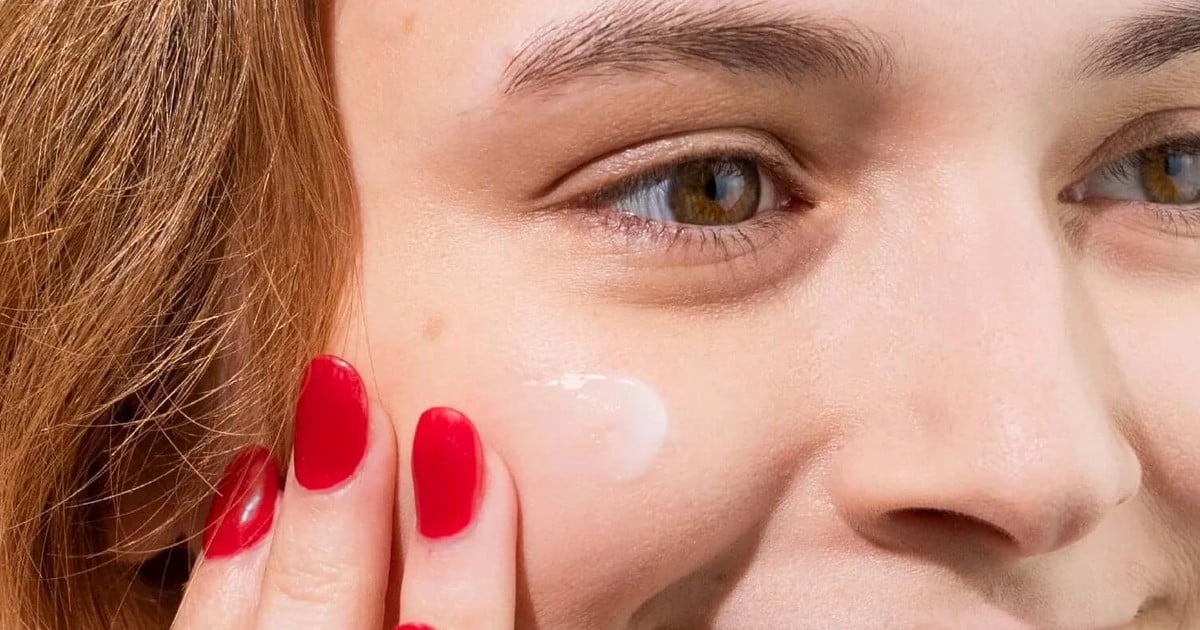



























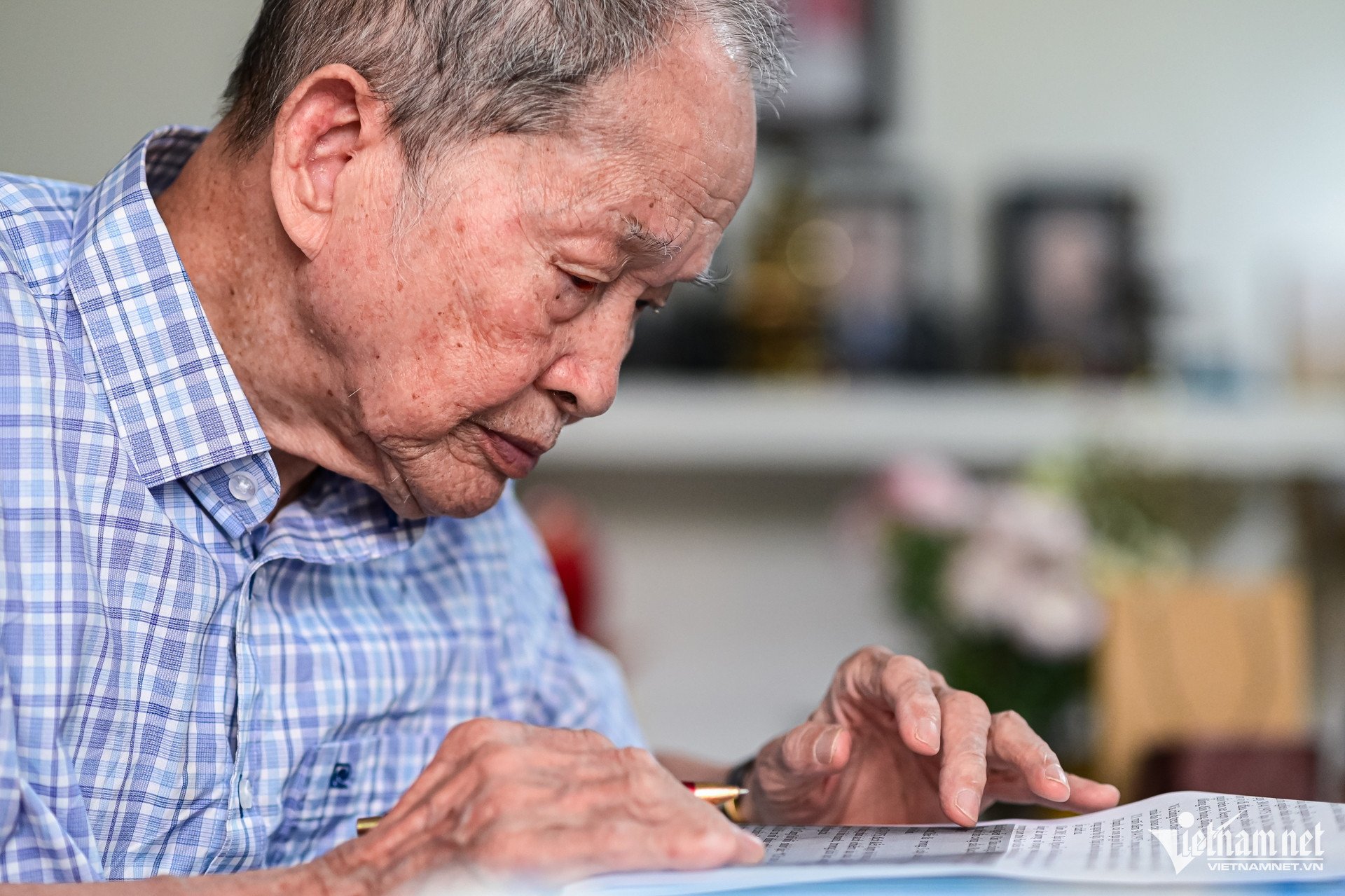

































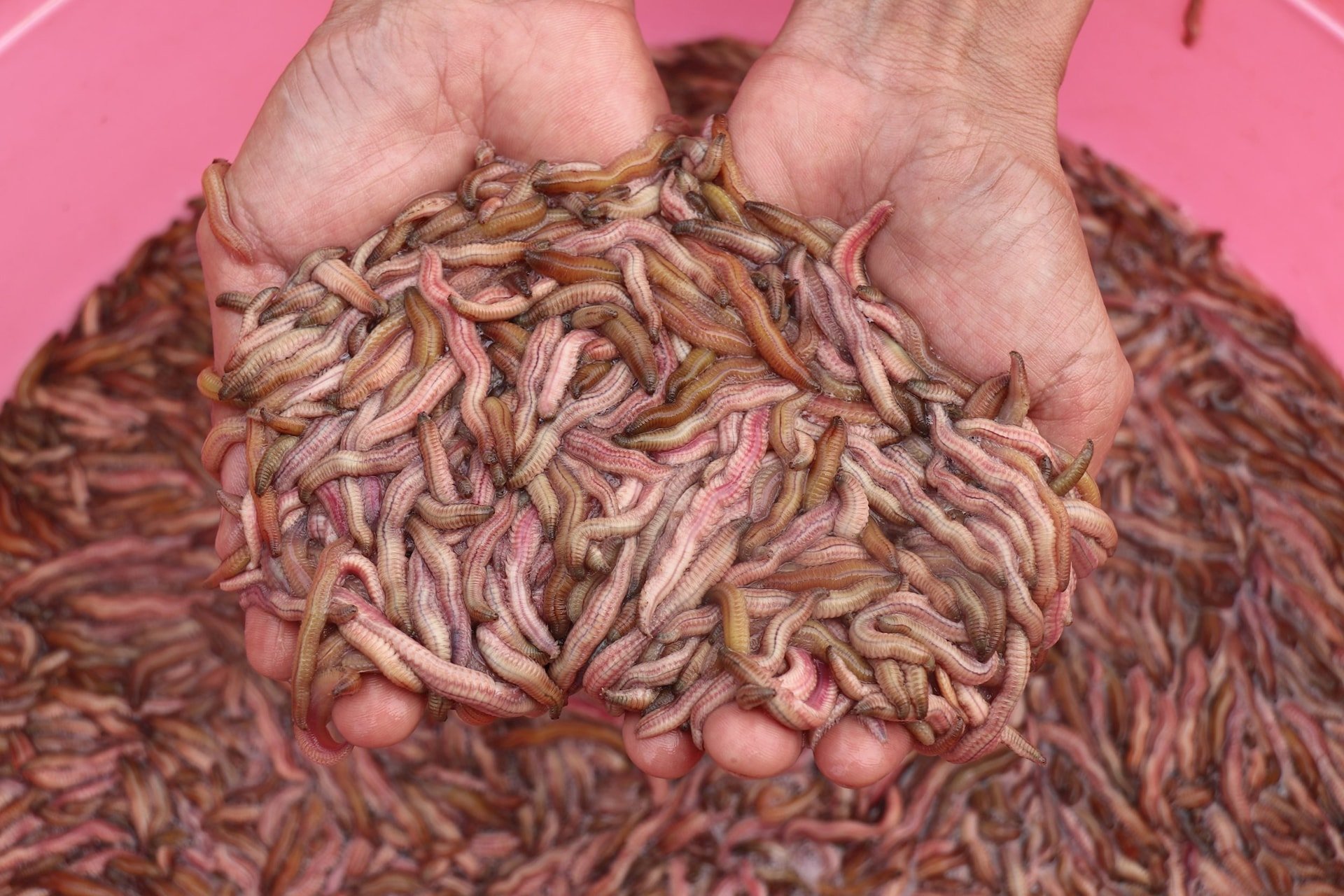


Comment (0)